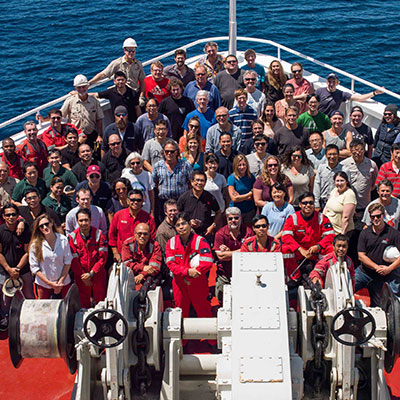Cruise Photo Albums
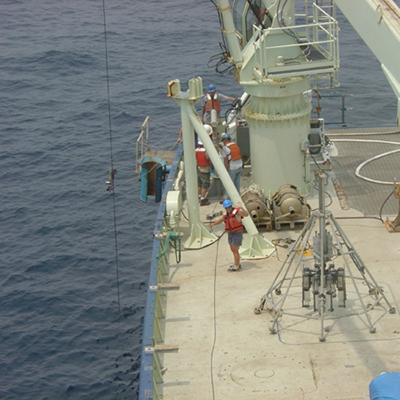
Sargasso Sea Cruise
In June 2004, our group departed from Woods Hole, Massuchusetts aboard the R/V Knorr for 25 days to evaluate Holocene changes in the Gulf Stream and western Sargasso Sea. At sea we used the jumbo piston core to collect ~20m of deep sea sediments and the multicore to collect surface sediments. Aboard this cruise was: Co-PI’s Yair Rosenthal and Lloyd Keigwin, Research technician-Suzanne Perron, from Rutgers- Graduate Students- Sindia Sosdian, Kate Jordan, Kathryn Rose, Lauren Neitzke, and Aimee Pusz and additional scientists from Woods Hole Oceanographic Institution.
Indonesia
In July 2003, we departed from Jakarta, Indonesia aboard the R/V Baruna Jaya VIII for 25 days to investigate Holocene tropical climate. This expedition was named the Collaborative Oceanic Research expedition in the Indonesian Throughflow (CORE-IT). Aboard the vessel, we deployed multicore and gravity core equipment to collect sediments along with collecting surface and deep seawater samples. The CORE-IT group consisted a contingency of scientists from Indonesia, Woods Hole (Co-PI-Delia Oppo), and SUNY-alabany (Co-PI-Brad Linsley), along with Rutgers, including specifically-Co-PI Yair Rosenthal, Research Technician-Suzanne Perron, Former post-docs-Carrie Lear, Thibault deGaridel Thoron, and Dyke Andreasson.
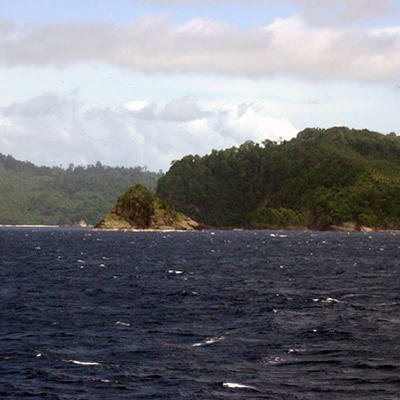
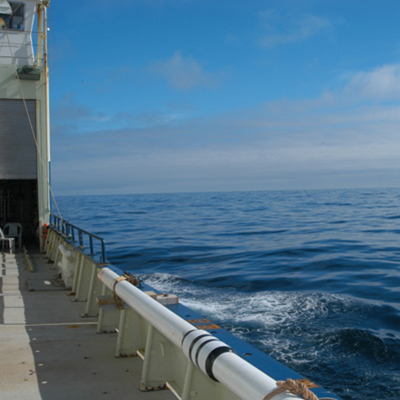
Norway Cruise
In May 2004, we departed from Bergen, Norway aboard the R/V Knorr for 10 days to assess the effects of calcite saturation on benthic foraminiferal Mg/Ca-temperature relationship using a homothermal depth transect in the Norwegian Sea. At sea, we collected surface sediments using the multicore and a few meters of sediment using the giant gravity core. Additionally we sampled the seawater from the surface and deep at each station to compare the seawater chemistry to the benthic foraminiferal shell. Aboard this cruise was: Principal Investigator-Yair Rosenthal, Research Technician: Suzanne Perron, Former post-docs- Thibault de Garidel-Thoron and Carrie Lear, Graduate Students-Sindia Sosdian, Kate Jordan, Michelle Lavigne, Kathyrn Rose, Hui Liu, and Miguel de Frada.c
New Zealand Cruise
In March 2005,we departed from Wellington, New Zealand aboard the R/V Revelle for 30 days to find out whether deep ocean currents around the country slowed in the last ice age in an attempt to better understand global warming. Sediment coring in New Zealand could provide a unique record because the ash from North Island volcanic eruptions was laid down over wide areas of the seabed, and could now be seen as stripes in the cores of sediment that acted as time markers. In addition to collecting long records of sediment to evaluate climate change, we collected surface sediments to determine how changes in seawater chemistry affect benthic foraminiferal. On the cruise, we deployed multicores, gravity cores, and jumbo piston cores, along with some plankton tows. The group consisted of New Zealand Scientists and Students, Rutgers people including PI-Liz Sikes, Research Technician-Suzanne Perron, Graduate Students- Sindia Sosdian and Kathryn Rose.
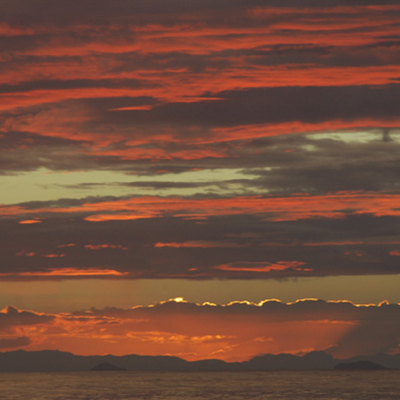
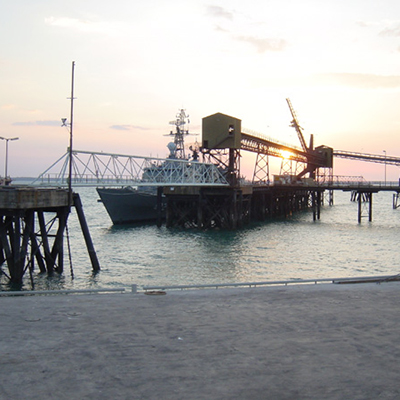
Timor Sea Cruise
A September 2005, cruise from Darwin Australia to Jakarta on board of R/V Sonne. The cruise objective, under Wolfgang Kuhnt as a chief scientist, was to investigate tropical climate variability and its effect on Indonesian Throughflow as recorded in the Timor Sea.
Revelle 2013
In 2013, we carried out a site survey cruise (R/V Revelle 1313) in preparation for an IODP expedition in the Western Pacific Warm Pool. We collected high-resolution multi-channel seismic (MCS) profiles and sediment cores from potential drilling sites in the western equatorial Pacific in support of IODP Expedition 363, whose goal was to extend the record of millennial climate variability back to the mid Miocene.
Cruise Report
Cruise Blog
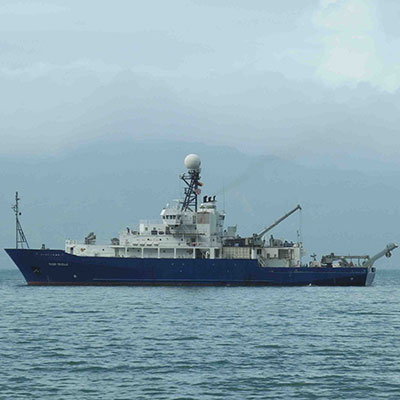
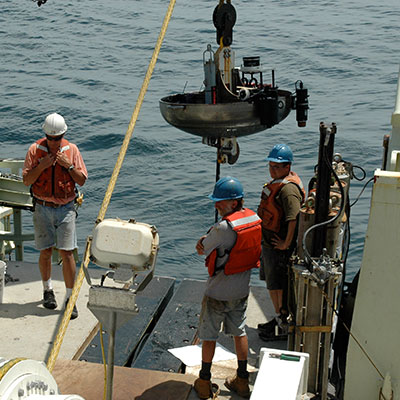
Galapagos-Peru 2009 KNR195
2009 KNR 195 cruise we used WHOI jumbo piston corer (CDH) to collect long cores around Galapagos and on the Peru margin.
IODP Expedition 363
International Ocean Discovery Program Expedition 363 (led by Yair Rosenthal, Ann Holbourn and Denise Kulhanek) sought to document the regional expression and driving mechanisms of climate variability (e.g., temperature, precipitation, and productivity) in the Western Pacific Warm Pool (WPWP) as it relates to the evolution of Neogene climate on millennial, orbital, and geological timescales. With 30 international scientists we drilled nine sites, recovering a total of 6956 m of sediment cores in 875–3421 m water depth from NW Australia, Papua New Guinea and the Eauripik Rise.
Expedition Report
Tamu Photo Gallery
